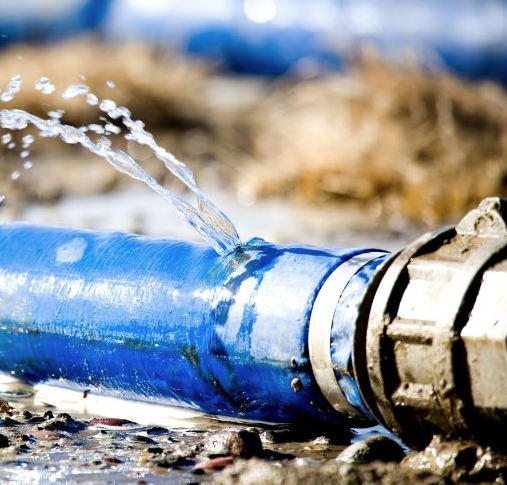
Process control systems aim to closely monitor the process's condition, maintain it in a safe and stable state, compensate for changes in process conditions, and increase profitability. In the oil industry, manual control systems face several disadvantages, such as fatigue, reaction time, limited power, safety, accuracy, and cost. Automatic control systems provide more consistent products, release skilled operators for other productive work, reduce physical effort, decrease operator workload, and improve safety and working conditions.
The elements of a control loop include the primary element (thermocouples, orifice plates, pressure transmitters), the transmitter (standardized output signals), the controller (brains of the control loop), and the final control element (correction device). The primary element senses changes in the process variable, while the transmitter converts the signal from the primary element into a standard proportional output. The controller then compares this value with the set point and computes the necessary output signal to remove the difference between the measurement and the set point (the offset).
Open loop control systems are a type of control system that uses a valve or heater to manipulate the manipulated medium. They are designed to be more efficient and cost-effective than manual control systems, as they can maintain a pre-set operating condition over an extended period without operator involvement.
In summary, process control systems play a crucial role in maintaining the safety and stability of processes in the oil industry. They offer advantages such as increased productivity, reduced fatigue, reduced physical effort, and improved safety and working conditions.
Open loop control is a type of control system where the controller has no information or feedback about the current condition of the process, making it unaware of the effect of its output. It requires a process, a measuring element, and a correcting element. The controller's output is fixed regardless of changes in demand or process conditions, making it rare to find this form of control.
Closed loop control, on the other hand, involves the output of the measuring element being fed into the loop controller and compared with the set point. An error signal is generated when the measured value is not equal to the set point, and the controller adjusts the position of the control valve until the measured value is equal to the set point. The Measured Value (MV) signal is fed back to the controller after adjustment of the control valve, and the controller continuously compares this feedback (MV) signal with the Set Point (SP) and readjusts the control valve to maintain MV = SP.
A pneumatic closed loop control system uses a displacer level transmitter to measure the process level, which is then compared with the manually adjusted set point. If the set point is not equal to the measured value, a deviation exists, and the controller makes necessary adjustments to move the control valve position. In a pneumatic closed loop control system, the control valve must be moved towards the open position to allow faster discharge, and the level will drop as long as the fluid flow remains constant.
The response of the process, the speed at which stable conditions can be achieved, and the amount of deviation between the measured value and set point are important conditions that affect the performance of any process. These constraints must be acknowledged when considering automatic control.




